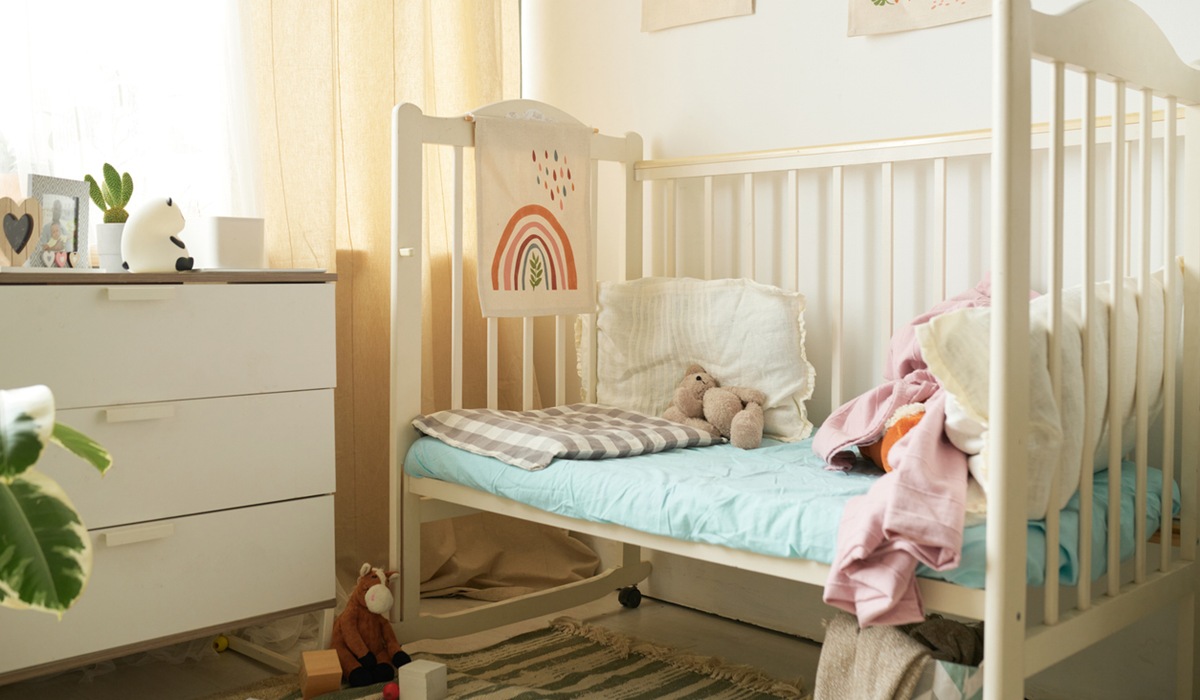If you’ve just finished some interior house painting, you might be wondering: is it safe to sleep in a freshly painted room? It seems like a simple question, but the answer depends on a few important factors. Knowing when it’s safe can help protect your health, improve sleep quality, and make sure your home stays a comfortable place to live.
Let’s dig into the facts so you can make an informed decision for you and your family.
Key Takeaways:
- Most paints release fumes that can affect air quality.
- VOCs (volatile organic compounds) are the main concern.
- Low-VOC and zero-VOC paints are safer alternatives.
- Proper ventilation speeds up the drying and curing process.
- Waiting at least 24-48 hours is typically recommended before sleeping in a freshly painted room.

The Hidden Risks Behind Paint Fumes
Paints, especially traditional ones, contain VOCs—chemicals that easily become gases at room temperature. These fumes can cause headaches, nausea, dizziness, and respiratory problems. For sensitive groups like children, pregnant people, or those with asthma, these effects can be even more pronounced.
When you sleep in a freshly painted room, you’re breathing those fumes in for several hours without a break, which can increase exposure and health risks.
How Long Should You Wait?
A general rule of thumb is to wait 24 to 48 hours after painting before sleeping in the room. But this depends on a few variables:
- Type of paint used: Oil-based paints emit more VOCs and take longer to cure than water-based latex paints. These VOCs can linger in the air and increase health risks, especially in poorly ventilated spaces. Latex paints, by contrast, dry faster and generally emit fewer harmful fumes.
- Room size and ventilation: Larger rooms provide more space for fumes to dissipate, and good airflow helps move those fumes out of the room. Small or enclosed spaces without adequate ventilation can trap fumes and extend the time needed before it’s safe to sleep in the room.
- Temperature and humidity: Warm and dry conditions promote quicker drying and curing of paint, reducing the amount of time that fumes are present. On the other hand, cool or humid environments slow the process, allowing VOCs to linger longer in the air.
If you used a low-VOC or zero-VOC paint, the waiting time might be shorter—even as little as a few hours with excellent ventilation.
What Are Low-VOC and Zero-VOC Paints?
Low-VOC and zero-VOC paints are specially formulated to reduce harmful emissions. They’re widely available now and often labeled as “eco-friendly” or “green” paints. While no paint is entirely fume-free, these options significantly lower the risk.
If you’re planning any interior house painting projects and want to sleep in the room the same night, choosing one of these paints is your best bet.

How to Make the Room Safe Faster
If you’re in a hurry to use the freshly painted space, here are some steps you can take to make the room safer sooner:
- Ventilate aggressively: Open all windows and use box or oscillating fans to create cross-ventilation. This constant airflow helps disperse paint fumes quickly and prevents them from lingering in the air.
- Use air purifiers: Place HEPA or activated carbon air purifiers in the painted room. These machines are effective at capturing airborne particles and filtering out harmful VOCs, making the air safer to breathe.
- Close off the room: While it might seem counterintuitive, closing doors to the freshly painted room helps prevent fumes from spreading to other areas of the house. Just make sure the room itself is well-ventilated.
- Turn up the heat: Increasing the room temperature helps the paint dry and cure more quickly. Use a space heater safely or turn up the thermostat slightly to accelerate the process.
- Time it wisely: Starting your painting project early in the day allows you to maximize daylight and ventilation time. The longer the room has to air out before nightfall, the safer it becomes for use.
Who Should Wait Longer?
Even if you’re using low-VOC paint, some people should wait longer than 48 hours:
- Babies and young children
- Pregnant individuals
- Elderly people
- Anyone with respiratory issues
In these cases, it’s best to give the room extra time to off-gas and be fully ventilated before it’s used for sleeping.
Signs the Room Is Safe
Still unsure if it’s okay to sleep there? Here are some signs the room might be ready:
- There’s no lingering paint smell.
- Windows have been open for at least 24 hours.
- The walls feel dry to the touch.
- You don’t experience any symptoms like headache or dizziness after spending time in the room.
If you’re checking all these boxes, you’re probably in the clear. But when in doubt, give it a little more time.
Final Thoughts
So, is it safe to sleep in a freshly painted room? The short answer: not immediately. Most experts recommend waiting at least 24 to 48 hours, longer if you’re in a high-risk group. Choosing low-VOC paints and ensuring proper ventilation can go a long way toward making your freshly painted space both beautiful and safe.
Need help planning your next painting project or choosing the right products? Call Woodiwiss Painting at 925-489-0941 today. We’ll help you paint smart—and sleep safe.



